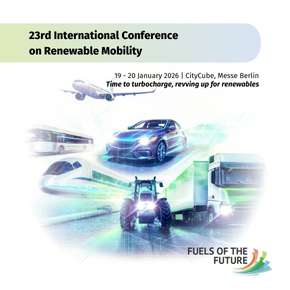Limited progress in calculation of ILUC effects from biofuel production, study finds
Researchers have carried out systematic analysis of the latest scientific evidence on indirect land use change (ILUC) greenhouse gas emissions associated with the production of biofuels and bioliquids.
Experts from the Biomass Department of CENER (National Renewable Energy Centre of Spain) have coordinated the project, which was initiated by the European Commission Directorate-General for Energy.
According to Article 3 of the European Union’s Directive (EU) 2015/1513 of 9 September 2015, the European Commission must provide information on, and analysis of the best available scientific research results and scientific evidence regarding ILUC emissions associated to the production of biofuels in relation to all production pathways.
The CENER study underlines that ILUC factors identified in scientific literature vary significantly depending on the biofuel, study, or even within studies depending on the hypothesis used. “As a consequence of all the uncertainties in the components of ILUC emissions, it is very difficult to narrow them down,” a statement announcing the study explains.
Through analysing ILUC literature published since 2012, the CENER research concludes that progress in the calculation of ILUC effects from biofuel production and the reduction of uncertainties has been limited.
One significant observation of the CENER research is that no studies were available evaluating ILUC effects of the use of used cooking oils, animal fats and other waste oils and fats or glycerine for biofuel production. However, a few studies have been carried out evaluating the ILUC effects of using residues for biofuels production.
The authors recommend improving availability of ILUC relevant data at a global level, and increased convergence in terms of standardisation of data formats. These steps, the report suggests, might help to increase transparency and narrow down uncertainties which result in large differences in research and sensitivity analysis results.
Another key recommendation is that the evidence used in ILUC modelling studies be made more clear. “The analysis of the evidence on the different components of ILUC shows that for most ILUC components the scientific evidence is extremely poor. Furthermore, when investigating and comparing the results of different ILUC analyses, it is difficult to track their precise background.”
Further information about the study is available here.










